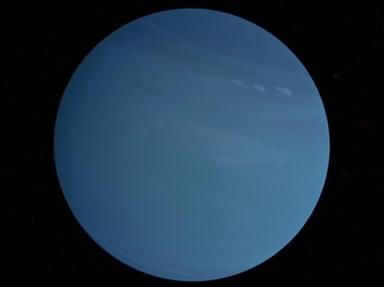Quiz Answer Key and Fun Facts
1. Holst gave Uranus the title of "The Magician," equating it with the tarot card of the same name, reflecting its unpredictable, transformative energy. Which airy astrological sign, similarly associated with sudden change, breakthroughs, and innovation, is ruled by Uranus?
2. On the 13th of March, 1781 astronomer William Herschel observed a 'new' object in the sky using a telescope of his own design. It turned out to be a planet, but what did Herschel think it was, at first?
3. Herschel's original suggestion for the name of this newly-discovered planet was Georgium Sidus (Latin for "George's Star")... in honour of which George?
4. While various of other names for the new planet were bandied about by different astronomers, the name Uranus (suggested by Johann Elert Bode) became the most prominent in international circles, finally becoming universally accepted in 1850. From which mythology does Uranus come?
5. Just like its farther neighbour Neptune, Uranus is classified as an 'ice giant.'
6. Launched in 1977 with a mission to visit the Solar System's outer planets and beyond, which space probe took thousands of photos (and other measurements) of Uranus in 1986?
7. Uranus has a 17 and a quarter hour day (in retrograde rotation), and an orbit that lasts 30,687 Earth days. How many Earth years is that for one Uranian year (rounded to the nearest year)?
8. Uranus is essentially flipped on its side, with an axial tilt of about 98 degrees from the plane of its orbit. With that in mind, during Uranus' 'summer' at one pole, what happens to the opposite pole?
9. Uranus' rings were not discovered at the same time as the planet, but nearly 200 years later in 1977 by astronomers James L. Elliot, Edward W. Dunham, and Jessica Mink. What means did they use to confirm the presence of rings?
10. The first two moons of Uranus were discovered in 1787 by William Herschel, with the next two found by William Lassell in 1851. The next year, John Herschel (William's son) gave them the names that they have today, beginning the tradition of Uranus' moons being named for characters from the works of Shakespeare and Alexander Pope.
Which moon carries a name that is found in the works of BOTH authors?
Source: Author
reedy
This quiz was reviewed by FunTrivia editor
rossian before going online.
Any errors found in FunTrivia content are routinely corrected through our feedback system.
